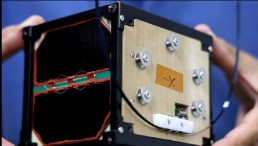space

Opportunity Rover Finds Strange Rocks on Mars
Star Sets Galactic Speed Record
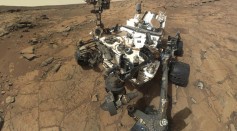
Curiosity Rover Set to Begin Using Its Arm Again

How ‘Gravitational Lensing’ Made One Supernova into Four—‘Einstein Cross’
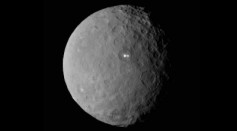
What's Next for Dawn at the Dwarf Planet Ceres
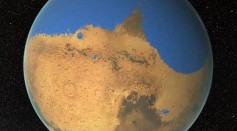
Mars Once Had More Water Than the Arctic Ocean

Dawn Spacecraft Arrives to Ceres—Hear What NASA Has to Say About the Mission

Astronomers Discover Planet in Multiple Star System
Military Satellite Explodes in Space

Short Circuit Leaves Curiosity with One Arm
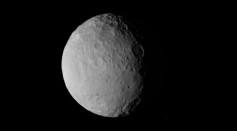
Dawn’s Long Journey About to End By Entering Orbit of Ceres
Jupiter and Its Moons Set to Put on Astronomical Show
SpaceX Launches Two New Electric Satellites
NASA Seeks to Improve GPS Communications with Study of Ionosphere
Most Popular

The Role of AI in the Next Generation of Logistics: Insights from Tobias Waldhecker

Alzheimer's Treatment Drug Lecanemab Found to Increase Death Risk, New Research Shows

Cloned Black-Footed Ferret Gives Birth to Two Healthy Kits

Optimizing Complex Catalog Systems with Graph Theory and Indexing


